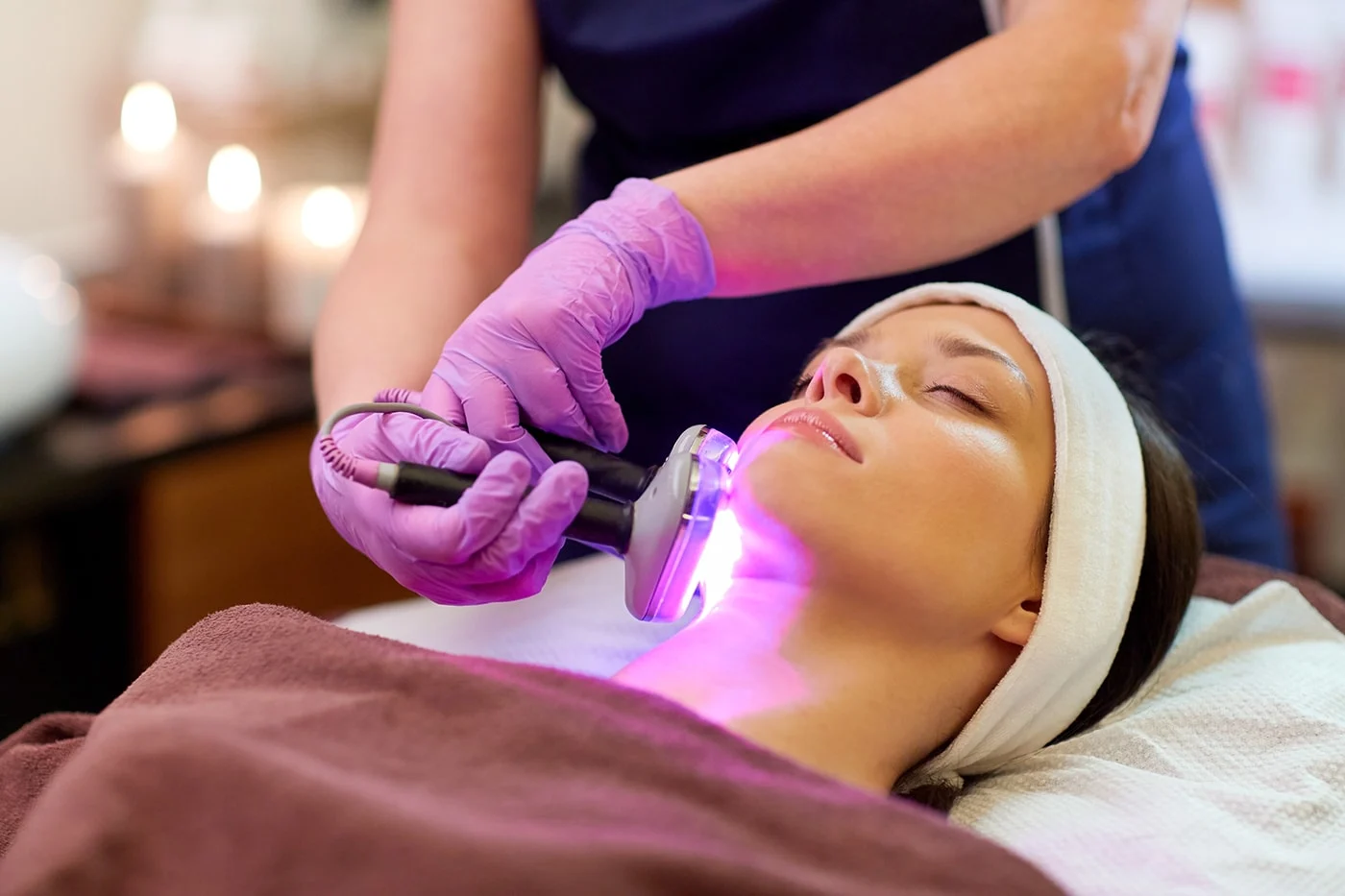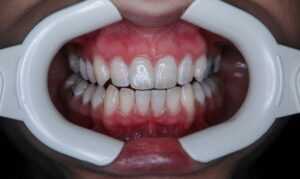Light therapy, also known as phototherapy, is a non-invasive treatment that uses specific wavelengths of light to address a variety of physical, mental, and emotional health conditions. This innovative approach has gained widespread popularity for its effectiveness in managing seasonal affective disorder (SAD), skin conditions, sleep disorders, and even chronic pain. By harnessing the therapeutic properties of natural and artificial light, light therapy aims to restore balance in the body’s physiological processes and enhance overall well-being.
This article explores the origins of light therapy, its scientific foundations, types of treatments, and the wide-ranging benefits it offers. From its role in improving mental health to its applications in skincare and energy regulation, light therapy is revolutionizing the way we approach holistic wellness.
The Origins of Light Therapy
Light therapy’s roots can be traced back to ancient civilizations that recognized the healing power of sunlight. The ancient Egyptians, Greeks, and Romans practiced heliotherapy, using natural sunlight to treat various ailments. Hippocrates, often regarded as the father of medicine, documented sunlight’s role in healing wounds and promoting general health.
The scientific exploration of light therapy began in the 19th century with advancements in understanding the properties of light. Danish physician Niels Ryberg Finsen is credited with developing the first medically approved light therapy treatment in the early 1900s. He used ultraviolet (UV) light to successfully treat lupus vulgaris (a skin condition caused by tuberculosis). His groundbreaking work earned him the Nobel Prize in Medicine in 1903, marking the beginning of modern phototherapy.
Today, light therapy has evolved into a versatile treatment supported by scientific research and advanced technology. It encompasses various modalities, including bright light therapy, red light therapy, and blue light therapy, each targeting specific health concerns.
How Light Therapy Works
Light therapy works by exposing the body to specific wavelengths of light that penetrate the skin and interact with biological systems. These interactions trigger physiological responses, promoting healing and restoring balance. The therapeutic effects of light therapy are primarily mediated by the following mechanisms:
- Stimulation of Photoreceptors: Specialized cells in the skin and eyes, called photoreceptors, absorb light energy and convert it into biochemical signals. These signals influence processes such as cell regeneration, hormone regulation, and neurotransmitter production.
- Circadian Rhythm Regulation: Exposure to light, particularly in the blue spectrum, regulates the body’s internal clock, or circadian rhythm. This mechanism is crucial for sleep-wake cycles, mood regulation, and energy levels.
- Enhanced Mitochondrial Function: Red and near-infrared light therapy penetrates deeper into tissues, stimulating mitochondria (the powerhouses of cells) to produce more energy in the form of adenosine triphosphate (ATP). This energy boost accelerates healing and reduces inflammation.
Types of Light Therapy
Light therapy encompasses various modalities, each tailored to specific health concerns.
1. Bright Light Therapy
Bright light therapy involves exposure to intense light, usually emitted from a lightbox, to simulate natural sunlight. It is commonly used to treat seasonal affective disorder (SAD), a type of depression that occurs during the darker months of the year. Bright light therapy typically uses white or blue-enriched light at an intensity of 10,000 lux, mimicking daylight conditions.
2. Red Light Therapy (RLT)
Red light therapy uses low-level wavelengths of red and near-infrared light to penetrate the skin and stimulate cellular repair. This therapy is widely used for:
- Skin rejuvenation (reducing wrinkles and scars)
- Muscle recovery and pain relief
- Wound healing and inflammation reduction
3. Blue Light Therapy
Blue light therapy targets the upper layers of the skin, making it effective for:
- Treating acne by killing bacteria that cause breakouts
- Managing circadian rhythm disorders
- Enhancing alertness and focus
4. UV Light Therapy
Ultraviolet light therapy is primarily used in dermatology to treat skin conditions such as psoriasis, eczema, and vitiligo. Controlled exposure to UVB or UVA light reduces inflammation and slows abnormal skin cell growth.
5. Green Light Therapy
Green light therapy is a newer modality showing promise in reducing migraines and managing pain sensitivity. Studies suggest that green light exposure may have calming effects on the nervous system.
Benefits of Light Therapy
Light therapy offers a broad spectrum of benefits, addressing physical, mental, and emotional health. Its versatility makes it a valuable tool for improving overall quality of life.
1. Managing Seasonal Affective Disorder (SAD)
One of the most well-documented uses of light therapy is in managing SAD, a condition characterized by depression, fatigue, and mood disturbances during the winter months. Bright light therapy compensates for the lack of natural sunlight, boosting serotonin production and regulating melatonin levels. Studies have shown that daily exposure to a lightbox can significantly alleviate SAD symptoms, improving mood and energy levels.
2. Improving Sleep Quality
Light therapy plays a crucial role in regulating the body’s circadian rhythm, which governs sleep-wake cycles. Morning exposure to bright light helps reset the internal clock, making it easier to fall asleep and wake up at consistent times. Blue-enriched light therapy is particularly effective for individuals with delayed sleep phase syndrome or jet lag, helping them adjust to new sleep schedules.
3. Promoting Skin Health
Red and blue light therapies are widely used in dermatology to improve skin health.
- Red light therapy stimulates collagen production, reducing wrinkles, fine lines, and scars.
- Blue light therapy targets acne-causing bacteria, reducing inflammation and preventing breakouts.
- UV light therapy effectively treats psoriasis and eczema by slowing abnormal skin cell growth and reducing itching.
These non-invasive treatments offer a safe and effective alternative to traditional skincare methods.
4. Alleviating Depression and Anxiety
Light therapy’s ability to influence neurotransmitter production makes it a valuable tool for managing mental health conditions. By boosting serotonin levels and reducing cortisol, light therapy helps alleviate symptoms of depression and anxiety. Its calming effects also make it beneficial for individuals experiencing chronic stress.
5. Enhancing Energy and Productivity
Exposure to bright light during the day enhances alertness and focus, making it an effective tool for combating fatigue and improving productivity. Offices and workplaces increasingly use light therapy devices to create energizing environments, helping employees stay motivated and engaged.
6. Supporting Muscle Recovery and Pain Relief
Red and near-infrared light therapy penetrate deep into tissues, promoting cellular repair and reducing inflammation. These properties make it highly effective for:
- Relieving muscle soreness after exercise
- Accelerating wound healing
- Managing chronic pain conditions such as arthritis and fibromyalgia
7. Regulating Hormonal Imbalances
Light therapy influences the production of melatonin, serotonin, and other hormones, helping regulate mood, sleep, and energy levels. It can also support women experiencing hormonal fluctuations due to menstrual cycles or menopause, reducing symptoms like fatigue and irritability.
8. Enhancing Cognitive Function
Exposure to blue light during the day has been shown to enhance cognitive performance, improving memory, attention, and problem-solving abilities. This benefit is particularly useful for students, professionals, and individuals with neurodegenerative conditions such as Alzheimer’s disease.
9. Managing Migraines and Chronic Pain
Emerging research on green light therapy suggests its potential to reduce the frequency and intensity of migraines. By calming the nervous system, green light exposure may also alleviate chronic pain and improve overall quality of life for individuals with pain-related conditions.
Scientific Research on Light Therapy
Scientific studies continue to validate the effectiveness of light therapy across various health domains:
- A study published in The American Journal of Psychiatry found that bright light therapy significantly improved symptoms of depression, with effects comparable to antidepressant medications.
- Research in JAMA Dermatology demonstrated the efficacy of blue light therapy in reducing acne lesions.
- A clinical trial in Pain Medicine highlighted the potential of green light therapy to reduce migraine severity and chronic pain.
These findings underscore the importance of light therapy as a versatile and evidence-based treatment.
How to Use Light Therapy
Preparation and Setup
- Choose the Right Device: Select a lightbox, lamp, or wearable device tailored to your needs (e.g., SAD, skin health, or pain management).
- Set the Proper Intensity: Follow manufacturer guidelines for light intensity and duration. Bright light therapy typically requires 10,000 lux, while red light therapy uses lower intensities.
- Timing Matters: Morning sessions are ideal for mood and sleep regulation, while evening sessions can be used for relaxation and recovery.
Is Light Therapy Safe?
Light therapy is generally safe when used correctly, but precautions are necessary:
- Eye Protection: Avoid staring directly at light sources, especially UV or blue light, to prevent eye strain.
- Skin Sensitivity: Individuals with light-sensitive conditions should consult a healthcare provider before starting therapy.
- Timing and Duration: Overexposure can disrupt sleep patterns or cause mild side effects like headaches.
Conclusion
Light therapy is a powerful and versatile tool for enhancing physical, mental, and emotional health. From improving mood and sleep to promoting skin health and relieving pain, its benefits are backed by science and accessible to a wide audience. Whether used as a standalone treatment or as part of a broader wellness routine, light therapy offers a natural and effective way to support overall well-being.
As technology advances and research expands, light therapy continues to illuminate new possibilities for holistic health, making it a cornerstone of modern wellness practices.




